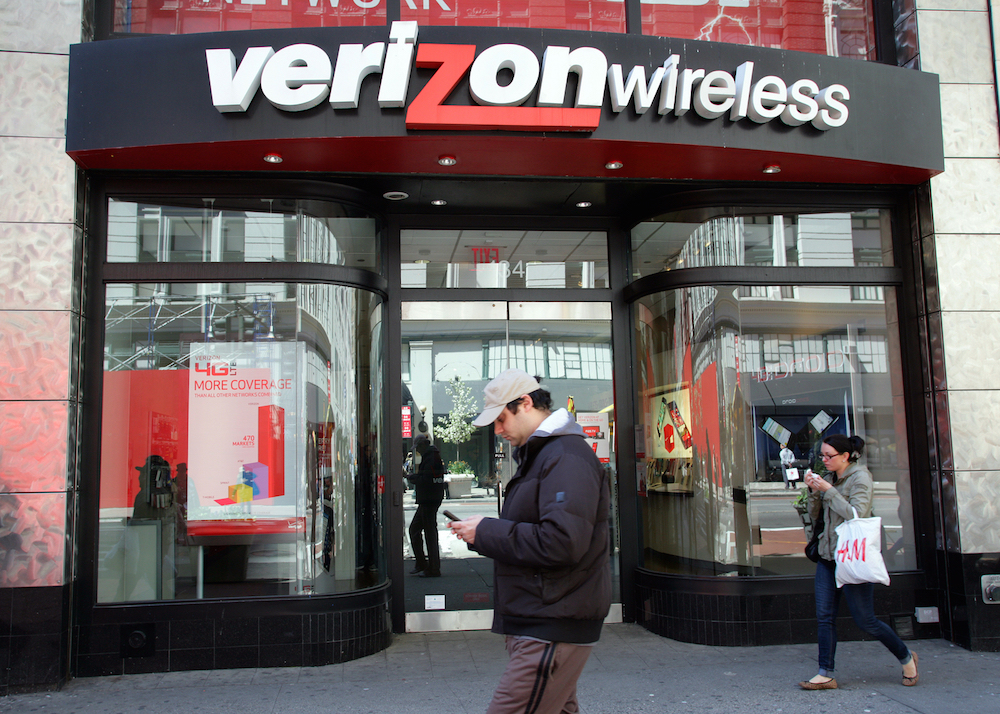Showtime has integrated haptic technology into a mobile video ad for its drama series “Homeland”. That’s the same technology Apple is incorporating into Apple Watch to provide taps on the wrist to give turn-by-turn directions. The Showtime video is a more entertaining application of the technology, but it also makes something of a win for Android because iPhones don’t have the technology to play videos with tactile feedback. In other words, “Homeland” fans with iPhones will miss out on the complete experience.
One of the features in the new Apple Watch that got the crowd excited after Tim Cook’s iPhone 6 announcement is a technology known as haptic, which enables the device to vibrate when, for example, doling out turn-by-turn directions. It is perhaps ironic then that Showtime has released what it calls the first ever haptically enabled mobile video for the fourth season of its series “Homeland”, which debuts October 5, but only viewers with Android devices will get the full effect.
The “Homeland” video is available on the network’s Showtime Anytime app for select Android devices in the “Coming Soon” section, as well as by clicking on a banner within Slate’s app.
A Showtime rep says the haptic video is not available for iPhones because “iPhones do not have this technology.”
According to Showtime, once users install an update for the Showtime app, the video will offer a “multi-layered sensory experience” through the use of tactile feedback. In other words, as fans watch the trailer on their mobile devices, they experience “nuanced haptic effects,” which, Showtime says, “[build] suspense and [immerse] viewers.”
Indeed, viewers feel vibrations when a bomb explodes and glass breaks. The device emits a buzzing sensation that builds with stronger vibrations as tension mounts. The vibrations complement the music, which has much the same tension-heightening effect.
Showtime says it is the first to integrate this technology in mobile advertising and notes the interactive element encourages deeper fan engagement and recall with paid media.
And while it is unclear whether Showtime is actually the first, Leslie Hall, president of digital marketing agency Iced Media, said it’s certainly a great example of a video with haptic technology.
“Oftentimes brands race to become first-movers just for the sake of being first, but that’s not the case here,” Hall said. “This execution is seamless in its ability to leverage emerging technology in a way that really creates value for the user. It’s the right technology at the right time for the right audience.”
In addition, Hall said she thinks the technology will inspire viewers to watch the trailer all the way through “because people love to try out new technology, especially when it’s simple to use, like it is here.”
She also said the video does a great job of harnessing the excitement of the show in a unique way.
“The video really captures the thrill of watching ‘Homeland’ through the trailer,” Hall said. “It’s also great that Showtime chose to adopt this technology for a program that has such high affinity already [because] it’s a great way to fuel anticipation for the upcoming season.”
In addition, because it debuted before the Apple Watch and the latter’s more practical application of haptic technology, Hall said, “Showtime did a great job to launch their campaign before haptic is widespread, allowing them a nice first-mover moment to create additional buzz for their new season.”
She also calls this a win for Android because “ ‘Homeland’ fans with iPhones can’t enjoy the fun.”
Per Google Play, as of September 25, the Showtime Anytime app has 1 to 5 million downloads, while Slate has 100,000 to 500,000.
According to the Showtime rep, “Homeland” reaches 7 million total weekly viewers.
The season 3 finale of “Homeland” in December 2013 had 7.1 million viewers across all platforms, which was up from 6.6 million viewers for the season 3 premiere in September.
As of September 25, a comparable Season 4 trailer minus haptic technology has about 181,000 views on YouTube.
What do you think about the Homeland trailer and the future of haptic technology?


